If your toddler has started speaking in babbles, grunts, or the popular “uh-OH”, then congratulations, they are on their way to becoming a chatterer. It’s not a child’s play to encourage speech development. Every child goes through a series of events at their own pace, but that doesn’t mean you can do nothing to support the process.
Language development can be greatly encouraged by creating the right environment, like everyday interactions and playful learning. This article is filled with language development activities for toddlers, ways to turn daily routine work into opportunities to improve your little one’s vocabulary, and some simple and easy tips.
Understanding Toddler Speech Development
Before diving into the main content, it’s better to first understand what normal speech development looks like.
The typical language milestone includes:
- 12-18 months: Babbling turns into simple words like “mama”, “water”, and “bye-bye”. They may understand basic commands like “yes” or “stop”.
- 18-24 months: Vocabulary grows to 50+ words. They start combining two words like “toy-car” or “good-night”.
- 2-3 years: Their vocabulary can explode to 200 words. They start forming simple requests, sentences, and asking simple questions.
Keep in mind that speech development varies among children, and some are naturally “late speakers”. What is most important is the constant effort and responsiveness of your toddler.
Also Read about: Toddler Milestones by Age: What to Expect and When
Talk Often and Talk More Than You Think

Your toddler mostly mimics you, so it’s better to talk to them more. Narrate your day and tell them what you are doing: “Now we are going to take a bath”. “It’s dinner time!” Try to label everything they come across. “This is your red ball”. “Look at that yellow honeybee”. Speak clearly and boldly. Don’t oversimplify or “use baby talk” too often.
Storytime CDs and toddler picture books can help them identify more things. Even if they can’t reply yet, they are soaking in every word.
Sing, Rhyme, and Clap
Poems, rhymes, and fingerplay are fun ways to improve speech in toddlers because they can link rhythm and sound with memory.
Try classic songs like:
- Old MacDonald
- Twinkle -Twinkle Little Star
- Itsy Bitsy Spider
- Wheels on The Bus
Add actions and gestures, and encourage your child to follow. Music can ease your child into pronunciation through repetition and stimulate the part of the brain associated with language.
Read Every Single Day
Reading is one of the best language development activities. Choose books according to your toddler’s taste and read them with exclamations.
- Select books with repetition, sound effects, and rhymes.
- Let your child turn, point pages, or let them memorize the sentences.
- Ask intriguing questions while reading: What’s that animal? What sound does it make?
Make it fun and interactive, not just a quiet time task with sing-along books, touch and feel books, or board books.
Use Toys That Spark Language

Not all toys are made for this purpose. The best ones for language development in toddlers encourage back and forth play and are open ended.
Some ideas include:
- Animal figurine (What sound does a lion make?)
- Doctor kits (Where does it hurt?)
- Pretend kitchen (Can I have a cup of tea?)
Let them be in charge and narrate their play with simple descriptive sentences.
Turn Everyday Activities into Speech Practice
You don’t necessarily need special material to make them talk. Daily chores offer dozens of chances for language development.
During bath time, “Let’s jump into the bathtub”. Getting dressed: “Where is your hand?” “Put on your shirt”. At dinner: “This is your plate”. “Eat some cheese”.
These real-life interactions are important because they are related to emotions and actions.
Play Speech Modelling Game
One of the best speeches encouraging activity is simply copycatting. Toddlers love to mimic everything: sounds, actions, and words.
Here is a simple and engaging game:
- Make fun sounds and faces.
- Use onomatopoeia: “Meow! Cat says Meow!”
- Encourage your toddler to copy.
This also builds sound awareness, which is essential for language development.
Repeat and Expand Their Words

When your toddler says a simple word like “bird”, you can respond with: “Yes! That’s a sparrow!” “Birds can fly!” “They have wings!”
This technique is called repetition and expansion, a natural way to introduce grammar and vocabulary. You don’t have to correct them, just say the more advanced version.
Give Them Time to Respond
After asking a question, wait for at least 5-10 seconds. Toddlers need some extra time to process a language and form a response. Even if they don’t answer, it teaches them that a conversation goes two ways. Also, don’t rush to the next question. Let them try.
Try Simple Language Development Activities

Here are some language activities for toddlers that are easy to do at home:
- Object hunt: “Can you find something blue?”
- Matching games: Pair animal figures with pictures.
- Sorting toys: Name colors, shapes, or sizes.
- Mirror play: Make funny faces and name expressions.
- “What’s missing?” game: Hide one toy and have them name what’s gone.
These build vocabulary, memory, and descriptive skills.
Check out: Toddler Coughing at Night? How to Manage the Situation
When Should I Be Concerned about Speech Delay?
It’s normal if your toddler shows a delay, but if your toddler shows the following signs, consider a professional evaluation.
- Isn’t prattling by 12 months.
- Doesn’t say a single word by 18 months.
- No two-word phrases by 2.5 years.
- Unable to understand simple instructions.
Speech therapists and early intervention specialists can provide help early on.
Speech development happens in stages, and no two toddlers follow the same procedure. The most important thing? Keep it playful and pressure-free. Celebrate every new sound, word, or phrase. Your enthusiasm builds their confidence and makes learning feel like a game, not a test.
Frequently Asked Questions
1. What causes delayed speech in toddlers?
It can be due to various reasons like developmental issues, hearing problems, underlying conditions like autism or speech apraxia, weakness, or lack of stimulation. Consult with a speech language pathologist or pediatrician if you are concerned.
2. Should I correct my toddler’s speech mistakes?
Instead of correcting them, try saying the correct word. For example, if your child said “I doed” you can reply with “Yes, you did the coloring”. This avoids discouragement and encourages learning.
3. Can an ear infection affect speech development?
Yes, frequent and untreated ear infections can affect your toddler’s learning speech sounds. Check with your pediatrician or a skilled audiologist if your child is showing off signs.
4. How can I tell if my child is a late talker or if something is wrong?
A late talker typically has limited vocabulary but shows strong motor and social development. If your child is not responding to your voice and doesn’t communicate (like eye contact, pointing, or gestures), then it may be worth a developmental screening.
5. How much screen time is enough for toddlers developing speech?
The American Academy of Pediatrics recommends no more than 1 hour of screen time per day for children aged 2–5, and it should be high-quality, interactive content. Passive screen time may hinder language development if it replaces human interaction.
Helpful Products to Support Speech Development
Interactive picture books with flaps and textures to build vocabulary naturally.
Talking flash cards that pronounce words to help with repetition and sound recognition.
Musical instruments like drums or xylophones to promote rhythm, which supports language timing.
Speech development toys with buttons that repeat words, letters, or simple phrases.
First word puzzles that associate images with spoken sounds and fine motor practice.
Animal sound toys that encourage imitation and sound-labeling during play.
Pretend play sets like kitchens or doctor kits that encourage role play and dialogue.
Repetitive nursery rhyme books to help toddlers absorb patterns in speech.
Storytime audio players that tell stories aloud to build listening comprehension and attention.
Magnetic letter boards for early phonics recognition and sound exploration.
Daily routine charts with pictures and words that encourage name-labeling and sequencing.
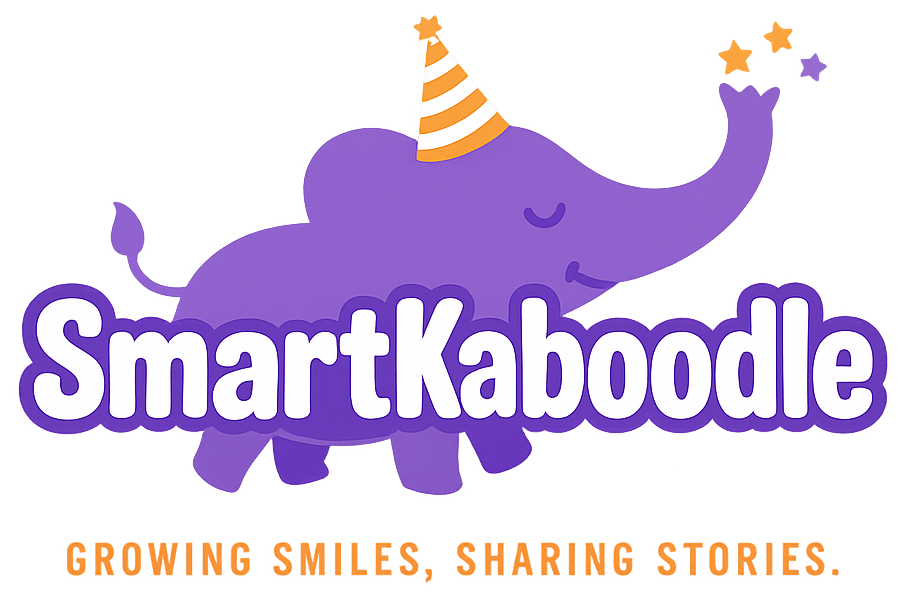

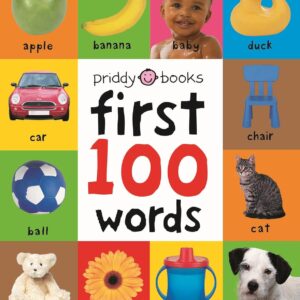
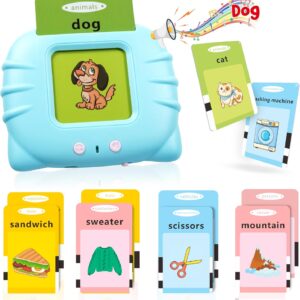
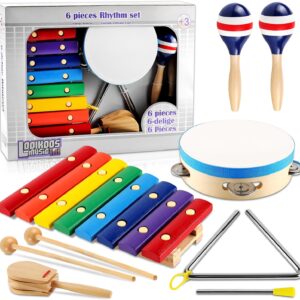
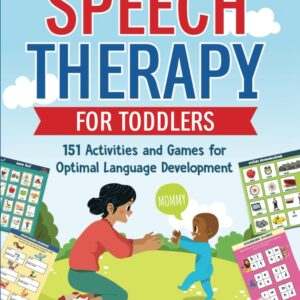
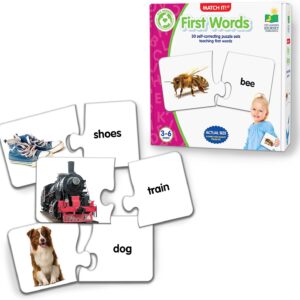
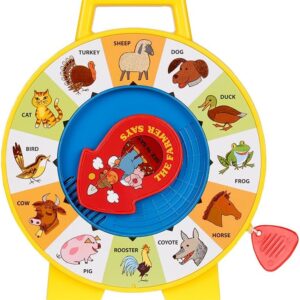
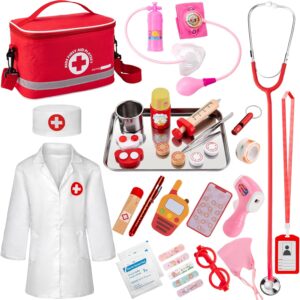

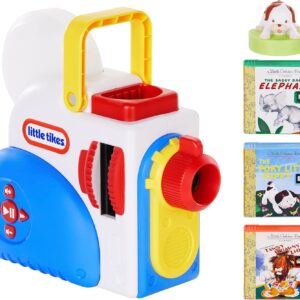
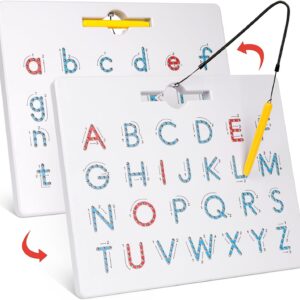
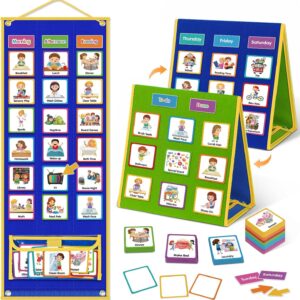
Add Comment